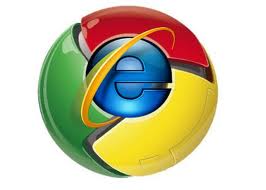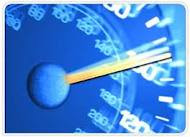8 ways to speed up Internet Explorer 8
 By Mike Williams
By Mike Williams
8 comments
Internet Explorer 8 is without doubt the best browser Microsoft has ever produced, but it still has a few problems. In particular, you may find its performance tails off over time, pages can suddenly take ages to load, and you might even find it crashes unexpectedly.
The reason? Junk. Just as Windows slows down as it becomes clogged with leftover registry entries and unnecessary start-up programs, so Internet Explorer can become weighed down with unwanted toolbars, pointless plug-ins and other assorted rubbish.
But don't worry. All this trash may take months to build up, but in just a few minutes you can strip it all away, revitalising Internet Explorer 8 and restoring its original speedy performance
1. Remove unwanted extensions
Do experiment – the worst that can happen is that some pages won't display properly, in which case you can simply re-enable the add-on and everything will be back to normal.
2. Remove Accelerators, too
Click the Search Providers add-on type, remove any you don't like, and check Prevent programs from suggesting changes to my default search provider to keep current settings.
3. Download more
4. Save time
Some programs reconfigure Internet Explorer to check for a newer version of a web page every time you visit it, slowing down browsing.
 To
fix this, click Tools > Internet Options > Browsing History
Settings and make sure Check for newer versions of stored pages is set
to Automatically.
To
fix this, click Tools > Internet Options > Browsing History
Settings and make sure Check for newer versions of stored pages is set
to Automatically. 5. Configure the cache
If your PC has more than one hard drive, make sure your temporary files are stored on the fastest. Check the location path to see where they are, and click Move Folder to relocate them, if necessary.
6. Clean everything
Fortunately, this is easily fixed: click Tools > Delete Browsing History, check Temporary Internet Files, clear all the others, and click Delete.
7. Turn on Pop-up Blocker
Then click Settings and check the sites that are allowed to display pop-ups. Select any that don't need to be on the list and click Remove.
8. The final step
Clear the box and reboot. Then you just need to sit back, relax and enjoy a smoother and faster browsing experience.







0 comments: